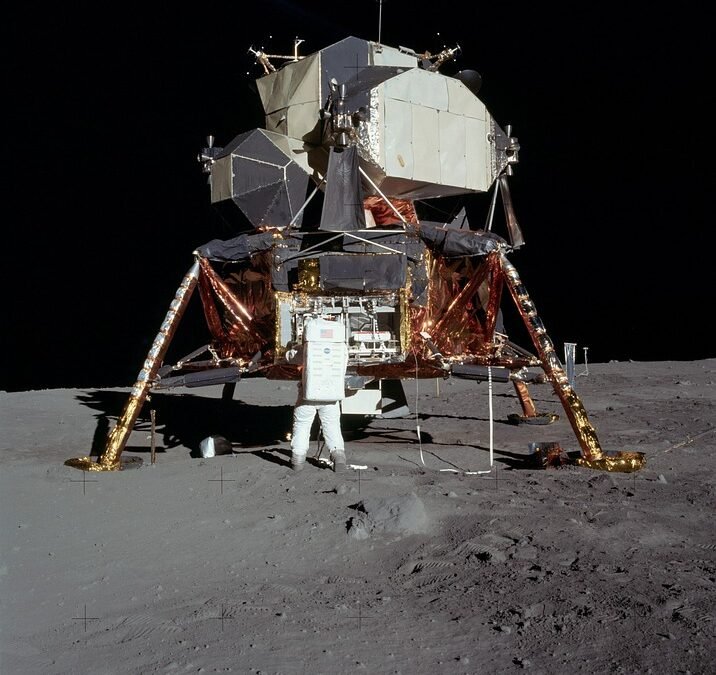The Science of Universal Rebirth: Unraveling the Mysteries of Cosmic Regeneration
Introduction
Throughout history, humans have pondered the mysteries of life, death, and what lies beyond. The concept of rebirth, or the cyclical regeneration of the universe, has been explored by various cultures and religions. In recent years, scientific advancements have allowed us to delve deeper into understanding the mechanisms behind this phenomenon. In this article, we will explore the science behind universal rebirth and unravel the mysteries of cosmic regeneration.
The Cosmic Cycle: Birth, Death, and Rebirth
According to ancient Eastern philosophies, as well as modern scientific theories, the universe undergoes a continuous cycle of birth, death, and rebirth. This cyclical process is influenced by various factors, including cosmic energies, gravitational forces, and the expansion and contraction of the universe.
Scientists propose that the universe began with the Big Bang, a massive explosion that marked the birth of space, time, and matter. From that moment, the universe started expanding, and matter began to form galaxies, stars, and planets. Over billions of years, stars burn out, galaxies collide, and the universe gradually approaches a state of entropy, often referred to as the “heat death” of the universe.
However, just as death is not the end of life for an individual, the death of the universe does not mark its ultimate demise. Scientific theories suggest that the universe undergoes a process known as the “Big Bounce,” where the collapse of matter and energy triggers a new Big Bang, initiating another cycle of birth, death, and rebirth.
The Role of Dark Energy and Dark Matter
One of the key components driving the cyclical nature of the universe is the presence of dark energy and dark matter. While these substances cannot be directly observed, their effects can be detected through their gravitational influence on visible matter.
Dark energy is believed to be responsible for the accelerated expansion of the universe, counteracting the gravitational pull of matter. This phenomenon ensures that the universe continues to expand, allowing for the possibility of rebirth in future cycles.
Dark matter, on the other hand, plays a crucial role in the formation of galaxies and the structure of the universe. It provides the gravitational scaffolding necessary for matter to clump together, leading to the creation of stars, planets, and other celestial bodies. Without dark matter, the universe would lack the necessary structure to support life and the potential for regeneration.
The Multiverse and Parallel Universes
As we explore the mysteries of cosmic regeneration, it is essential to consider the concept of the multiverse. The multiverse theory proposes the existence of multiple universes, each with its own set of physical laws and properties. In this vast cosmic web, universes may collide, merge, or spawn new universes through black holes or other cosmic events.
Parallel universes could potentially exist within the multiverse, each experiencing its own cycle of birth, death, and rebirth. This idea adds another layer of complexity to the understanding of universal rebirth, suggesting that the process may extend beyond our observable universe.
FAQs
1. Is there any evidence supporting the concept of universal rebirth?
While the concept of universal rebirth is largely speculative, scientific theories such as the Big Bounce and multiverse provide a framework for understanding the cyclical nature of the universe. However, direct observational evidence is still lacking, and further research and exploration are needed to confirm these theories.
2. How does universal rebirth relate to religious and spiritual beliefs?
Universal rebirth aligns with the concept of reincarnation found in many religious and spiritual traditions. It suggests that life and consciousness are not limited to a single existence but continue to evolve through multiple cycles. However, it is important to note that scientific theories focus on the physical aspects of rebirth, while religious and spiritual beliefs often incorporate additional metaphysical or divine elements.
3. Can humans experience rebirth on an individual level?
While the focus of this article is on the cosmic scale of universal rebirth, many religious and spiritual beliefs propose the possibility of individual rebirth through reincarnation. However, the scientific exploration of individual rebirth remains a topic of debate and requires further investigation.
4. How does the understanding of universal rebirth impact our perspective on life and the universe?
The exploration of universal rebirth challenges our perception of life and death, suggesting that they are part of a larger cosmic cycle. This understanding encourages us to view ourselves as interconnected with the universe, emphasizing the importance of preserving and nurturing our environment and exploring the mysteries of the cosmos.
Conclusion
As our understanding of the universe deepens, the concept of universal rebirth emerges as a potential explanation for the cyclical nature of cosmic existence. While scientific theories provide a framework for exploring this phenomenon, many questions remain unanswered. The mysteries of cosmic regeneration continue to captivate scientists, philosophers, and spiritual seekers alike, driving our exploration of the cosmos and our place within it.

